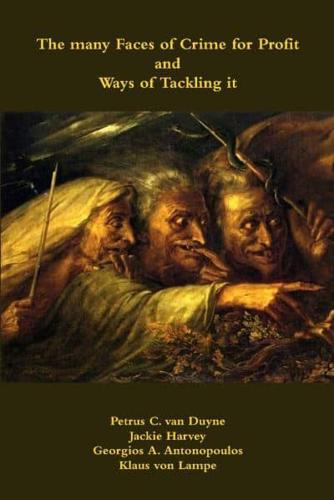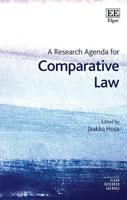Publisher's Synopsis
The national diversity of Europe is reflected in the diversity of its criminal landscape and history. From the north of Scotland to the Ukraine, one finds different focal points and patterns of crimes and criminal entrepreneurs. This does not necessarily lead to a corresponding reaction of the authorities. Some responses are the result of a gradually developed form of cross-border cooperation, as is the case between Poland and Germany. Other authorities appear carried away with emotional decision-making and an inflexible political correctness, as is observed in the field of the sex service industry. In another country, in the adjacent field of child trafficking, we find no response as victims are not labelled as such. With no victim label, there is no criminal law policy. Where the interactions between the upper- and underworld come into sight, this volume presents the reader with a select picture gallery of criminal faces: from corrupt football and remarkable criminal finances, to fraud and criminal abuse in the informal (or quack) health sector. This criminal portrait series shows that criminal Europe does not lead to a boring uniformity, despite the fear of globalism. This sixteenth volume of the Cross-border Crime Colloquium contains seventeen peer-reviewed contributions of 26 authors presented in 2016 at the Cross-border Crime Colloquium held at Northumbria University, Newcastle. The authors represent upcoming experts and established researchers in the field of (organised) crime for profit and related policies. The contributions are based on empirical research and independent analysis and provide new data and insights on which to build new theories and future research. (Series: Cross-border Crime Colloquium) [Subject: Criminology, Criminal Law]










